Nikon AF-S Nikkor 50mm 1: 1.4G SWM (abbreviated Nikon 50 / 1.4G) is one of Nikon's fastest autofocus lenses. It's classic half a ruble (a lens with a focal length of 50 mm), which is suitable for a huge number of photo tasks, in particular, such a lens can be shot in low light, used as a standard fixed lens on Nikon FX cameras, the lens is suitable for portrait and artistic shooting. With huge aperture F / 1.4 you can create and enjoy the result.
All Nikon 50-58 / 1.4 / 1.2 autofocus lenses
- Nikon 50mm 1: 1.4 AF Nikkor (first version, MK I) - the lens was produced only in Japan from 1986 to 1991
- Nikon 50mm 1: 1.4 AF Nikkor (second version, MK II, also known as the 'N', or the 'NEW' version) - the lens was only available in Japan from 1991 to 1995
- Nikon 50mm 1: 1.4D AF Nikkor (third version, MKIIIbetter known as 'D'-version) - the lens is available from 1995 to this day. There are two subversions that are no different.
- Nikon 50mm 1: 1.4G AF-S Nikkor SWM (fourth version, MKIVbetter known as 'G' version) - the lens is only available in China from 2008 to this day.
- Nikon N AF-S Nikkor 58mm 1: 1.4G Nano Crystal Coat SWM Aspherical (version better known as'58/1.4') - the lens is only available in Japan from 2013 to this day.
- Nikon Nikkor Z 58mm 1: 0.95 S Noct - The lens is available from 2019 to this day. Premium Lens for Mirrorless Cameras Nikon Z... It does not have automatic focus, but has a record aperture. Complex optical design with 17 elements in 10 groups, with 4 ED elements and 3 aspherical elements.
- Nikon Nikkor Z 50 / 1.2 S - The lens has been produced from 2020 to the present day. Professional S-line lens for mirrorless cameras Nikon Z... Complex optical design with 17 elements in 15 groups, with 2 ED elements and 3 aspherical elements
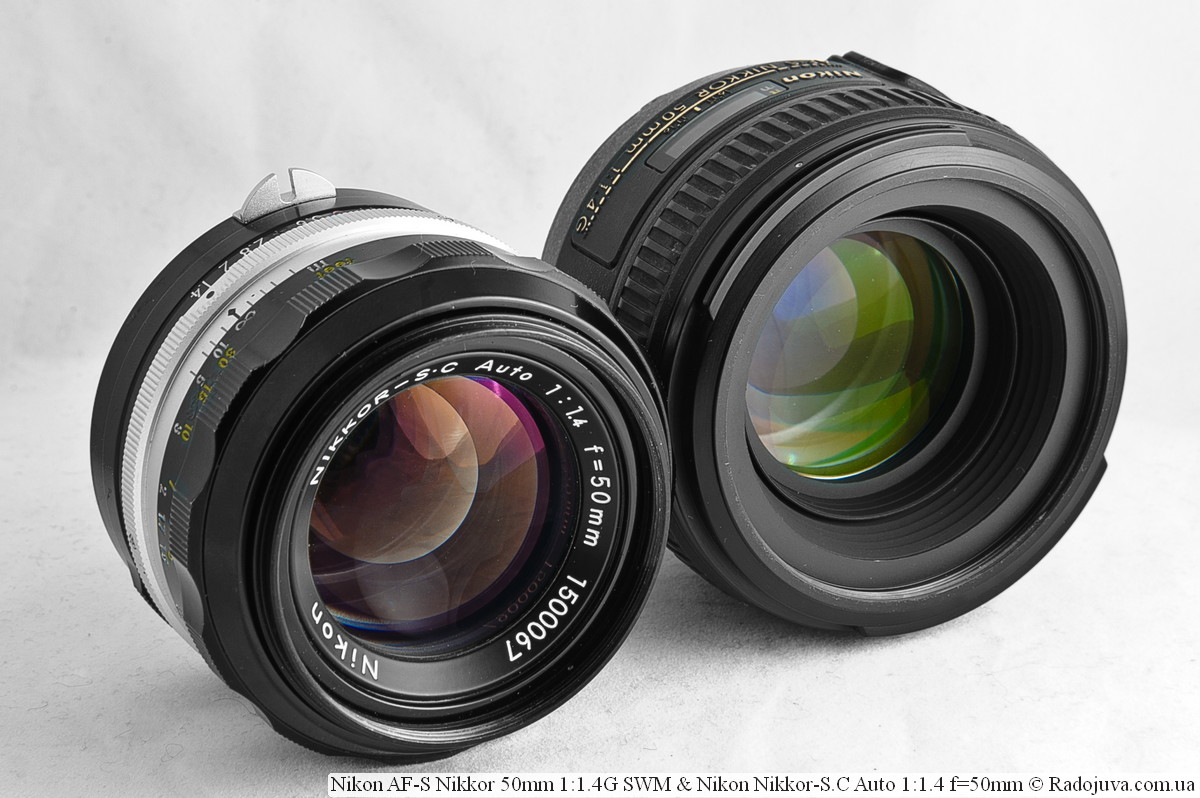
Nikon Nikkor-SC Auto 1: 1.4 f = 50mm and Nikon AF-S Nikkor 50mm 1: 1.4G SWM
Main technical characteristics of Nikon AF-S Nikkor 50mm 1: 1.4G SWM:
| Review Instance Name | Nikon AF-S Nikkor 50mm 1: 1.4G SWM 309536 |
| Basic properties |
|
| Front Filter Diameter | 58 mm, plastic thread for filters |
| Focal length | 50 mm, EGF for Nikon DX cameras is 75 mm, EGF for Nikon CX cameras is 135 mm |
| Zoom ratio | 1 X (this is a fixed lens, it does not have a zoom) |
| Designed by | for digital and film cameras |
| Number of aperture blades | 9 pieces, petals rounded |
| Tags | focusing distance in meters and feet, depth of field tags for F / 11 and F / 16 values, bayonet mount tag and lens hood attachment / fixation |
| Diaphragm | F / 1.4 to F / 16, without aperture ring. |
| MDF | 0.45 m, maximum magnification ratio 1: 6.7 |
| The weight | 280 g |
| Optical design | 8 elements in 7 groups. The lens does not use special optical elements in its design.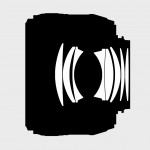 The image of the circuit is clickable. The image of the circuit is clickable. |
| Lens hood | Replaceable Nikon HB-47 plastic lens hood, lenses use the same lens hood Nikon AF-S Nikkor 50mm 1: 1.8G SWM Aspherical and Nikon AF-S Nikkor 50mm 1: 1.8G SWM Aspherical Special Edition |
| Manufacturer country | MADE IN CHINA |
| Period | From September 2008 -> |
| Instruction | View -> |
| Price |
The Nikon 50 / 1.4G lens will work great on any Nikon DSLR camera. Among fifty brothersthis Nikon 50 / 1.4G is the best. At one time, he became a replacement for his older brother Nikon 50mm f / 1.4D AF Nikkor... In fact, the Nikon 50 / 1.4G was introduced back in 2008, and I think that soon we will see a fifty-kopeck piece (50mm lens) from Nikon with more serious performance.
Addition: my prediction came true, and in addition to the 'non-professional' Nikon 50 / 1.4G Nikon has released a 'professional' about fifty kopecks Nikon N AF-S Nikkor 58mm 1: 1.4G SWM... Still, it's a shame that Nikon doesn't have professional fifty dollars. At the same time, Canon has two of them - Canon Lens EF 50mm 1: 1.2 L USM and Canon Lens EF 50mm 1: 1.0 L USM.
Focus on Nikon 50 / 1.4G
The Nikon 50 / 1.4G lens will focus on any modern DSLR camera. If you found your camera in genealogy nameplatethen you can rest assured that the Nikon 50 / 1.4G will work great with it. The Nikon 50 / 1.4G has a built-in focusing motor, as indicated by the AF-S designation. When focusing, the lens practically does not make noise, a special Nikon SWM (Silent Wave Motor) ultrasonic motor helps it. After two years of using my Nikon 50mm 1: 1.8D AF Nikkor (MKIII)which makes a lot of noise when focusing, using the new Nikon 50 / 1.4G is a pleasure.
When focusing, the front lens group moves in the middle of the frame of the housing. I can’t say that the lens has internal focus. But when focusing, the lens does not change its size, and the filter is wound on a fixed external part of the lens, which does not rotate when focusing. This type of focusing can also be found in Nikon 50mm f / 1.8G AF-S Nikkor. The minimum focusing distance is 45cm.
In focus mode 'M / A'Automatic focusing with manual focus priority is available. This means that in autofocus mode, the focus can be manually adjusted immediately. The 'M / A' mode is very useful, for example for creating focus trap effect... In 'M' mode, only manual focus is available. The focusing ring is rubberized.
Focus Speed
Nikon 50 / 1.4G one of the lowest fokiroki speeds among all fifty dollars Nikon Nikkor. Focus speed is average. The rest fifty kopecks Nikkon Nikkor, even the oldest Nikon 50mm 1: 1.8 AF Nikkor MKIoutperform the focusing speed of the Nikon 50mm F1.4G. Of course, to say that a low speed will not be right, but I would like a faster reaction of the lens for that kind of money.
Attention! Very often they write that the lens is very fast. This term is applied not so much to the focusing speed, but more to the description of the lens aperture at which shutter is very fast, decreasing the shutter speed. The confusion came from the English Fast Lens (fast "fast" lens).
The focus ring is rubberized, in the active position it rotates as much as 180 degrees. Due to the fact that the lens is quite chubby, such a move of the focusing ring is quite enough for comfortable work with manual focusing. During auto focus, the ring remains stationary. In manual focus mode, when the ring reaches its extreme positions, it does not rest, but continues to rotate, slipping, like on many native Nikon lenses.
There is a window on the lens with a scale for focusing distances and a depth of field scale. My Nikon 50mm F1.4G misses focus very rarely, even on F1.4.
Iris control
The lens does not have an aperture control ring, since it is a G-type lens. This fifty dollars is very large aperture F / 1.4, this allows you to achieve a very small depth of field, reduce shutter speed and without raising ISO. This lens is very simple take off... The lens has a 9-blade diaphragm, which is a good indicator. The petals are rounded and give a nice smooth bokeh without nuts or other artifacts.
Compatible with FX and DX cameras
The lens will work perfectly on Nikon FX full-frame cameras. On Nikon DX cameras, due to crop factor, EGF lens will be 75mm. This allows the Nikon AF-S 50mm F/1.4G to be used as a portrait lens on DX cameras without any problems. Rumor has it that Nikon AF-S 50mm F / 1.4G is the best portrait lens for crop, I personally like mine much more for crop portrait Nikon 85mm F / 1.8D AF Nikkor.
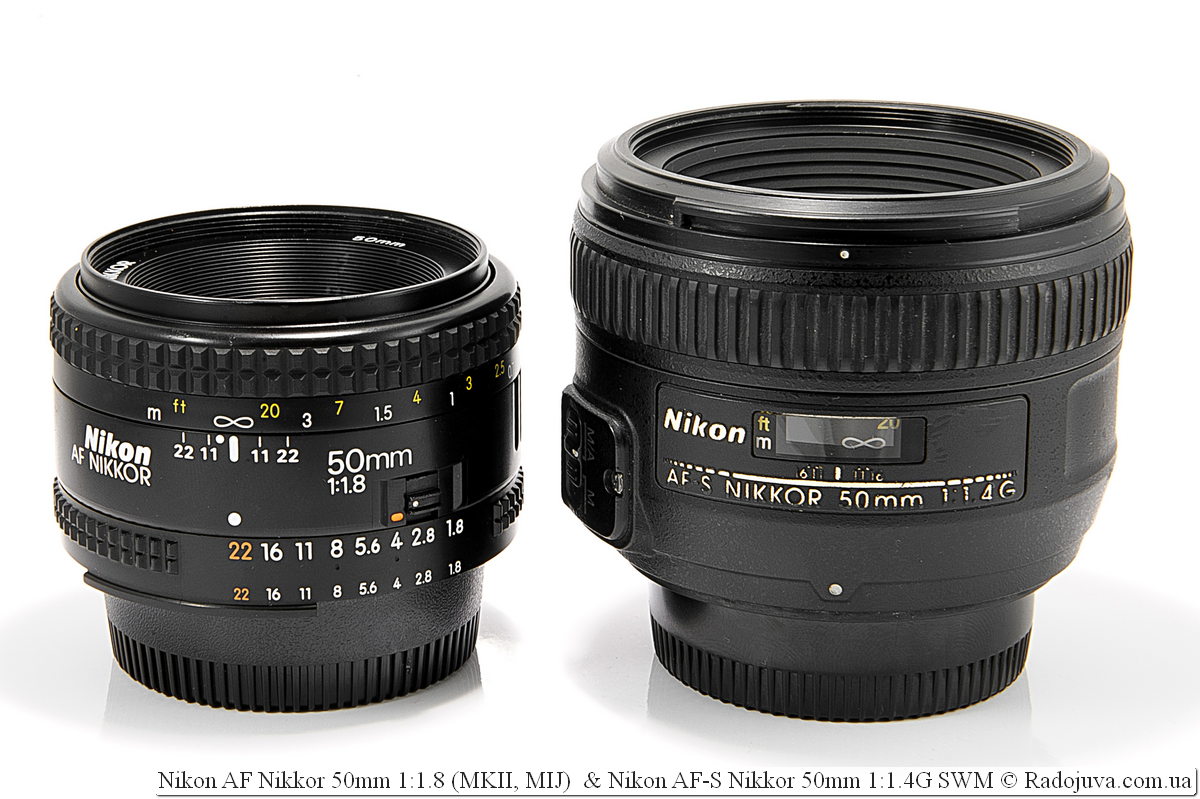
Nikon AF Nikkor 50mm 1: 1.8 (MKII, MIJ version) and Nikon Nikkor 50mm f / 1.4g
Diameter of filter and hood
The lens has a filter diameter of 58 mm. The lens comes with a wonderful hood and pouch bag. The hood can be installed backwards, in this position it is easy to carry on the lens and the hood does not take up extra space in the case.
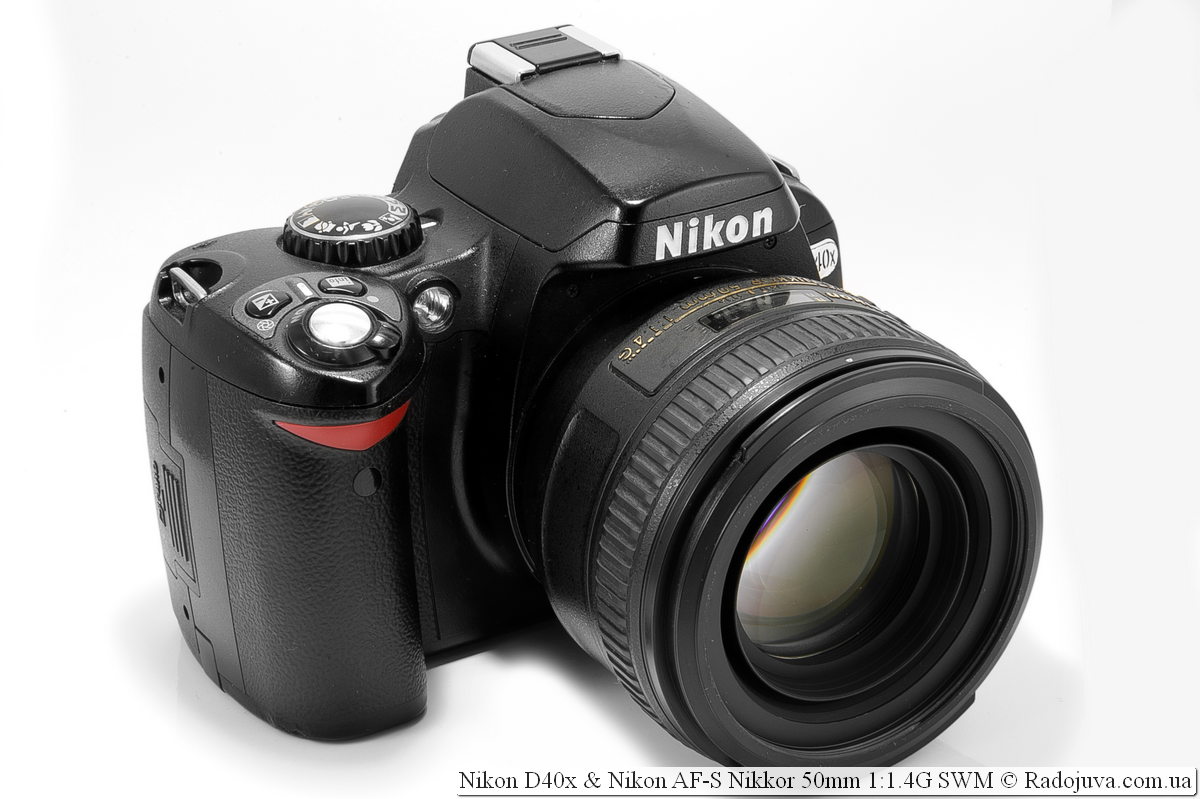
Nikon Nikkor 50mm f / 1.4g on camera Nikon D40x
Nikon 50mm F1.4G Image Quality
The lens, as expected, showed an excellent picture and optical characteristics. The main problem of the Nikon 50mm F1.4G is HA on apertures F1.4-F2.0. The most interesting thing is that HA disappear already at F2.0 - which is a very good indicator. Units have a fully working aperture of F2.0, for example Nikon 50mm F1.2 MF. The lens produces the best image quality at apertures within F2.0-F8.0. Up to F2.0, the lens is inherent HA. After F8.0, diffraction takes effect. About the sharpness: Nikon 50mm F1.4G on F1.4 gives the image is already quite sharp, due to aberrations there is a light software effect. On F1.4, you can make high-quality portraits where strong sharpness of the lens is not always a necessity. Lens gives slightly warm image. The lens provides good contrast. On my cropped camera, vignetting disappears already at F2.8, on F1.4 the vignetting is slightly noticeable. I do not bother with vignetting, it is easy to fix it in the editor. The lens normally tolerates side and back light. A strong drawback in the image of a lens of this class is a slight barrel-shaped distortion (distorting the geometry of the image). Many fifty dollars have much less distortion or do not have it at all. On crop, distortion is barely noticeable. The bokeh of the lens deserves special attention. The lens gives a very nice, even bokeh. Even on closed apertures, discs in the blur zone have a regular round shape. Very funny, but on F1.4, the discs in the blur zone are oval and create twisted bokeh. Generally: high image quality.
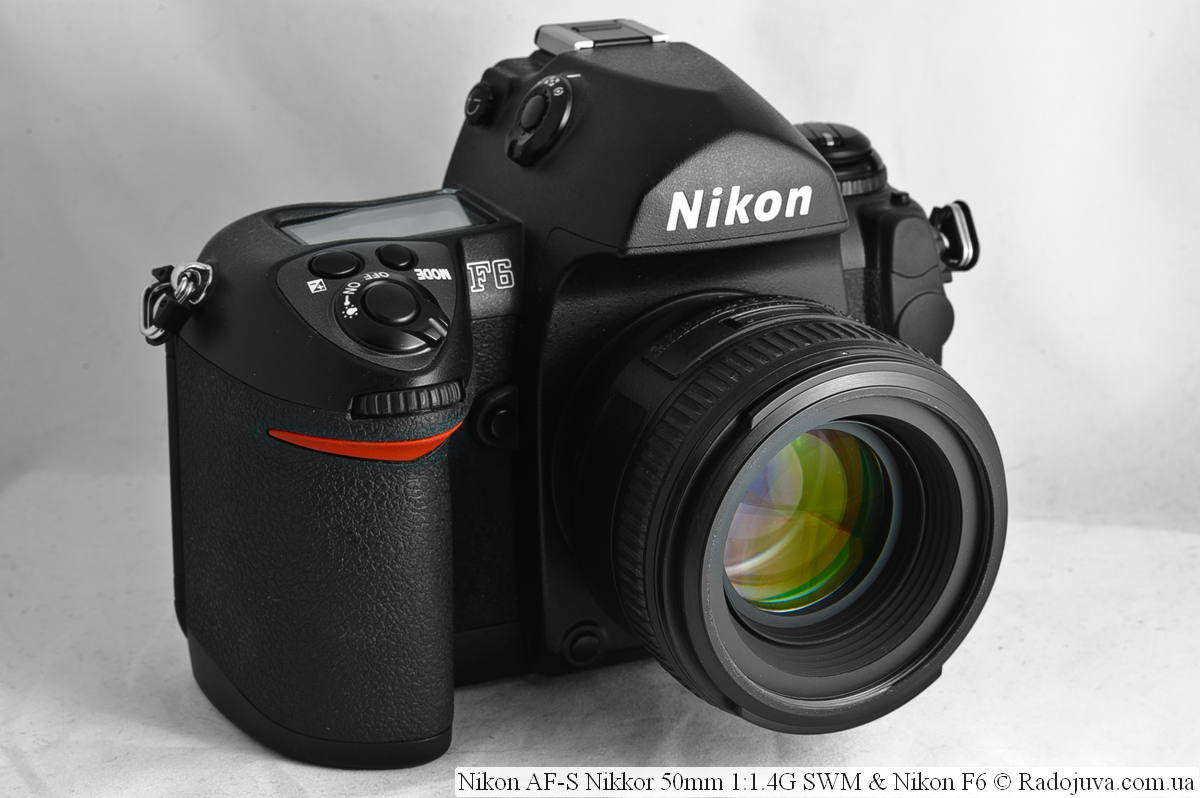
Nikon AF-S Nikkor 50mm 1: 1.4G SWM on a film TOP camera Nikon F6
Sample Photos on Nikon D40 (APS-C, DX)
All photos in the gallery below were taken on Nikon D40. I specifically filmed on Nikon D40to show that even on the simplest DSLR, the lens Nikon 50mm F1.4G works great and with it you can achieve a good result.
Sample Photos on Nikon D80 (APS-C, DX)
All photos in the gallery below were taken on Nikon D80. All photos without treatment... RAW -> JPEG Q80%. Reduced size to 1600 * 1200 and printed data from EXIF.
Sample Photos on Nikon D3200 (APS-C, DX)
All photos in the gallery below were taken on Nikon D3200. All photos without treatment... RAW -> JPEG Q80%. Reduced size to 1600 * 1200 and printed data from EXIF.
RAW source files ('.NEF') can be download from this link (28 files, 350 MB).
More examples of photos can be found on my blog here и here.
Personal experience using
I have a lens Nikon 50mm F1.4G I liked it with my picture (image quality). I often work with optics that only support manual focusing, because the average focusing speed is Nikon 50mm F1.4G for me it doesn’t matter at all. The lens in the hands is quite weighty, but its outer plastic part is felt. And the inscription Made in China is not very credible. I used two years with a tail Nikon 50mm f / 1.8D AF Nikkor after which I switched to Nikon AF-S 50mm 1: 1.4G and I have no regrets about it. In general, if you need a fix after a whale lens, then Nikon 50mm f / 1.8D AF Nikkor or Nikon 50mm f / 1.8G AF-S Nikkor will be the best option. Usually aperture F / 1.4 is rarely required and is quite difficult to work with. F / 1.4 is often taken by professionals who know exactly what they need. My copy was out of order in a light collision from the limousine seat. The focusing motor broke down, the repair cost $ 150, after 3 months the motor broke down again during a long shooting on one of the frames. I sold this lens after repairs. A year later, I bought a new one, then sold it again. Then I bought the same lens again. But somehow this lens did not take root for me.
You can read more information about other autofocus fifty dollars here... In addition, there is also an analogue of Nikon AF-S 50mm 1: 1.4G from a third-party manufacturer - Sigma 50mm 1: 1.4 DG HSM EX.
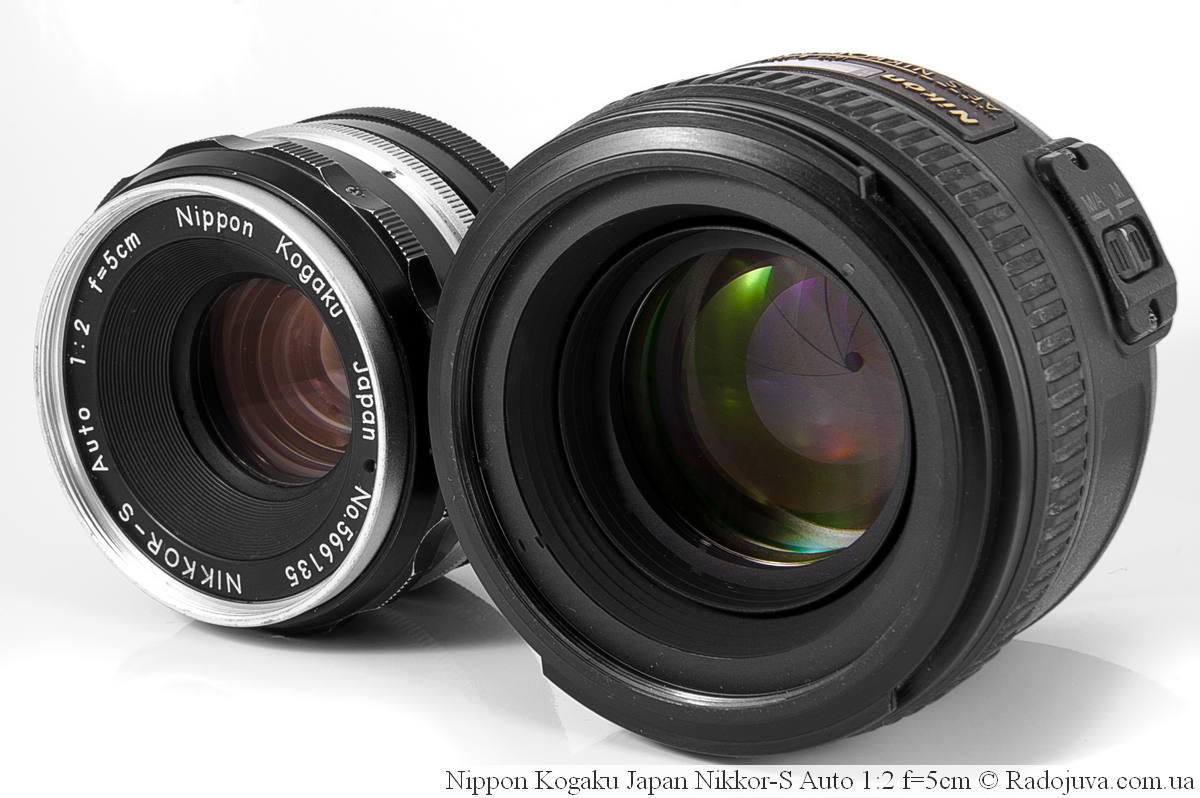
The oldest mirrored fifty dollar - Nippon Kogaku Japan Nikkor-S Auto 1: 2 f = 5cm and TOP Nikon AF-S Nikkor 50mm 1: 1.4G SWM
You can see the real prices for the lens in online stores here, or in the price block below:
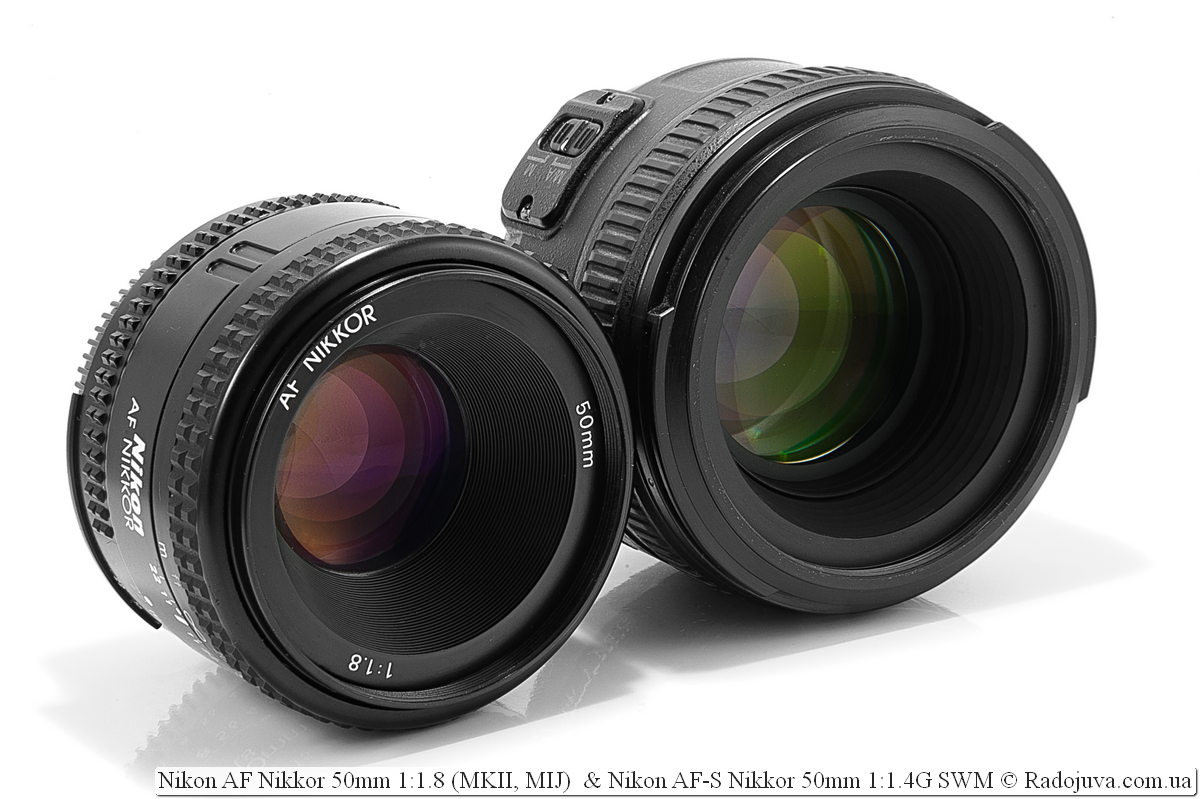
Nikon AF Nikkor 50mm 1: 1.8 (MKII, MIJ version) and Nikon Nikkor 50mm f / 1.4g
Comments on this post do not require registration. Anyone can leave a comment. Many different photographic equipment can be found on AliExpress.
Video review
You can watch the video review here (on my new YouTube channel) or in the box below. Many thanks to Vladimir Morgunov for helping create the video review.
Conclusions:
Nikon 50mm F1.4G - a wonderful lens. Has few shortcomings. It is the best Nikon Nikkor fifty. Recommend.
Material prepared Arkady Shapoval. Training/Consultations | Youtube | Facebook | Instagram | Twitter | Telegram

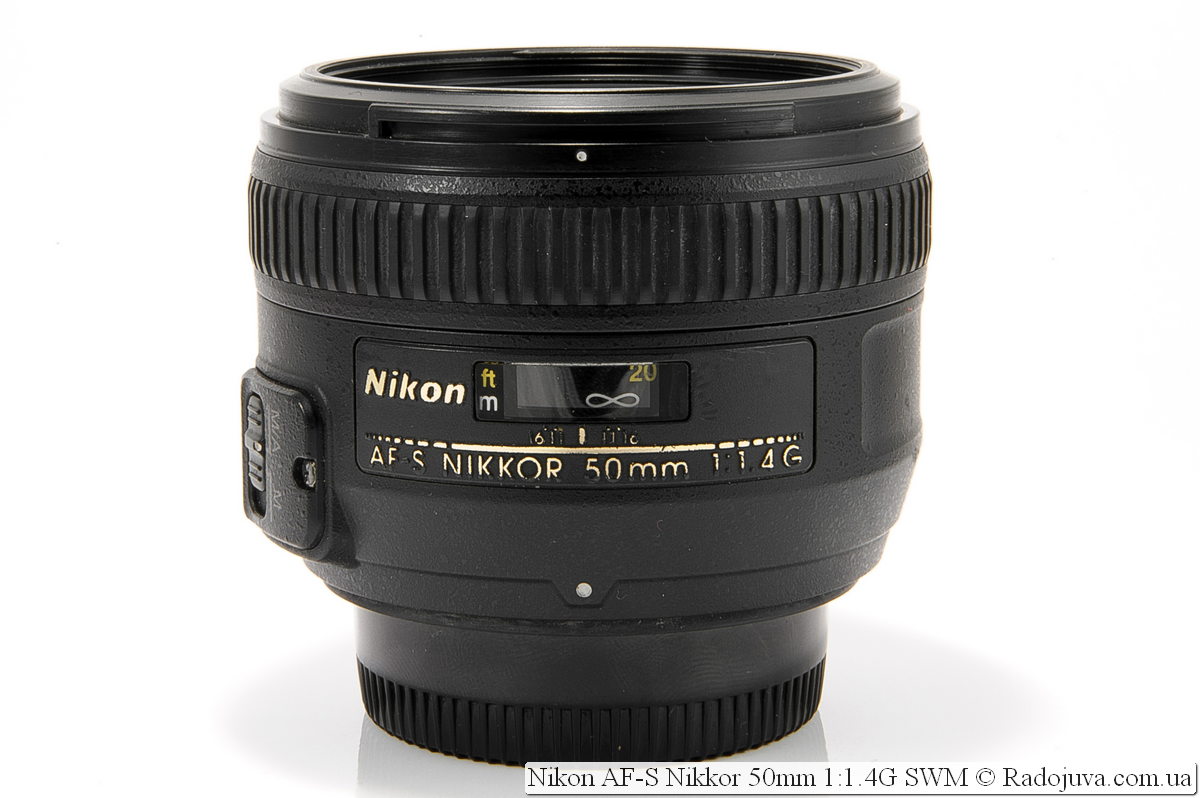
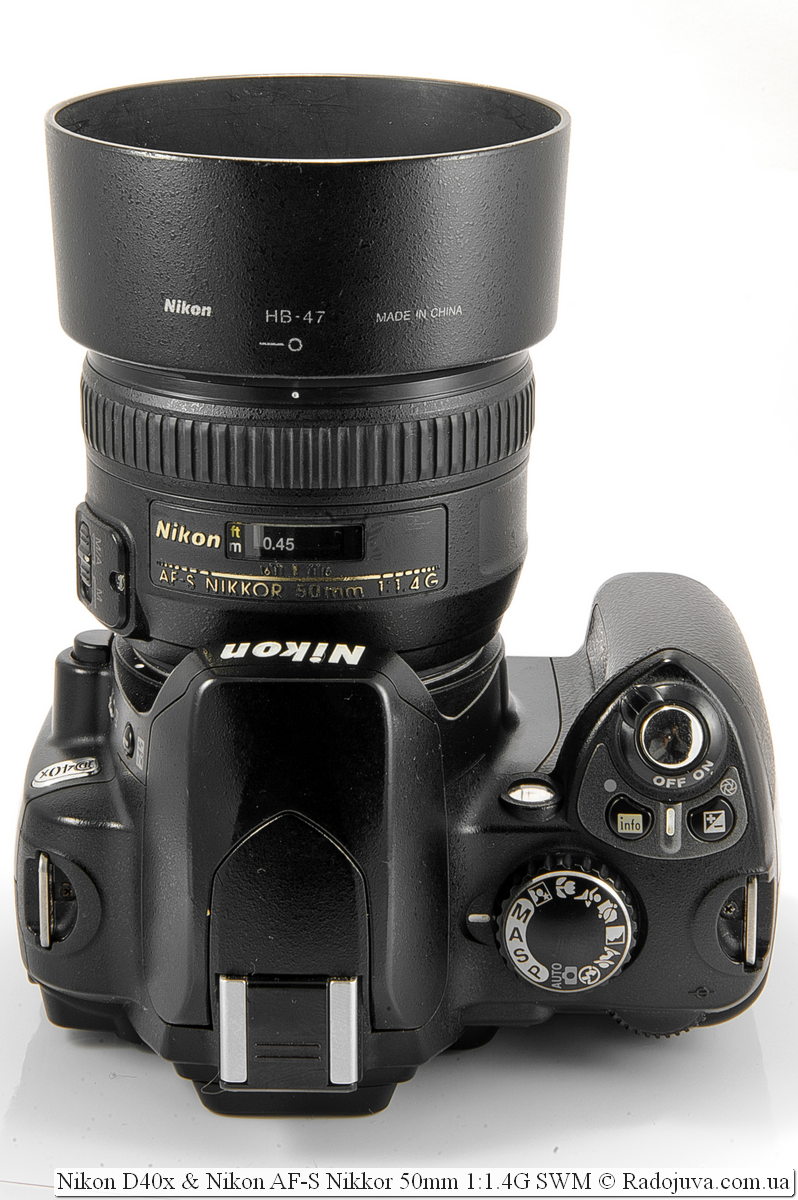
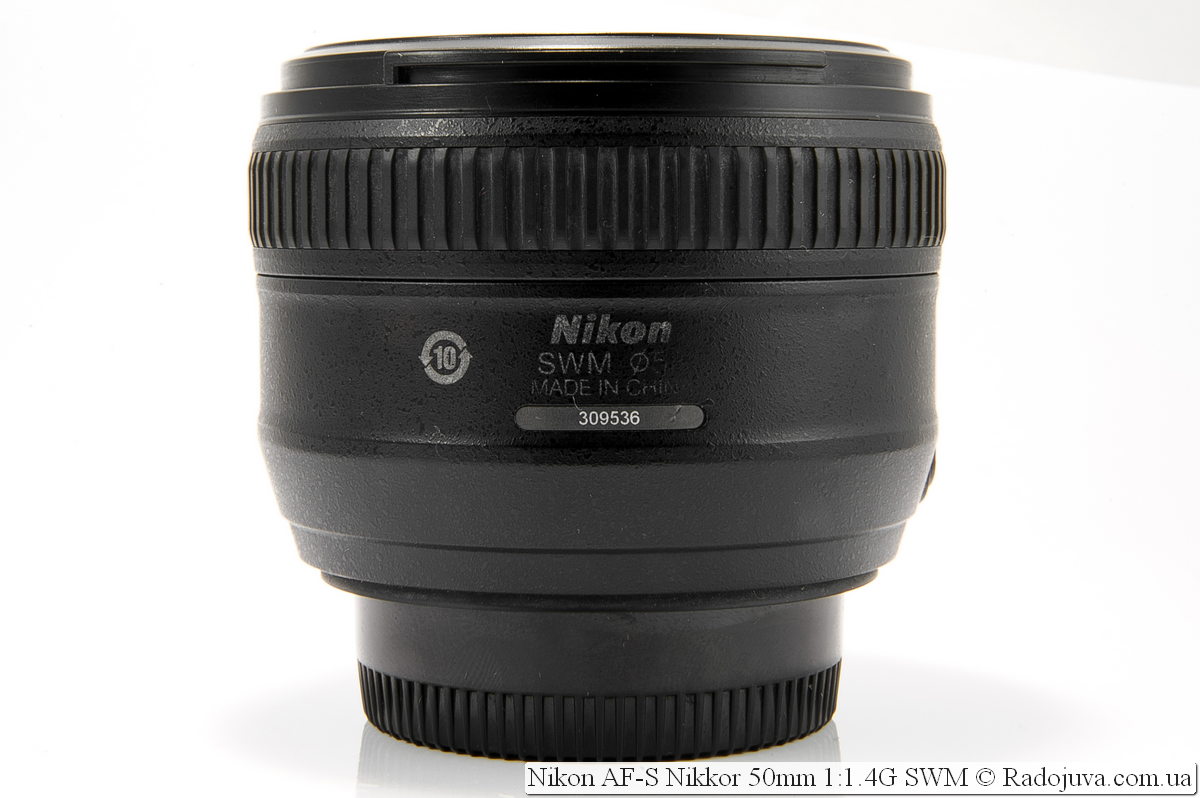
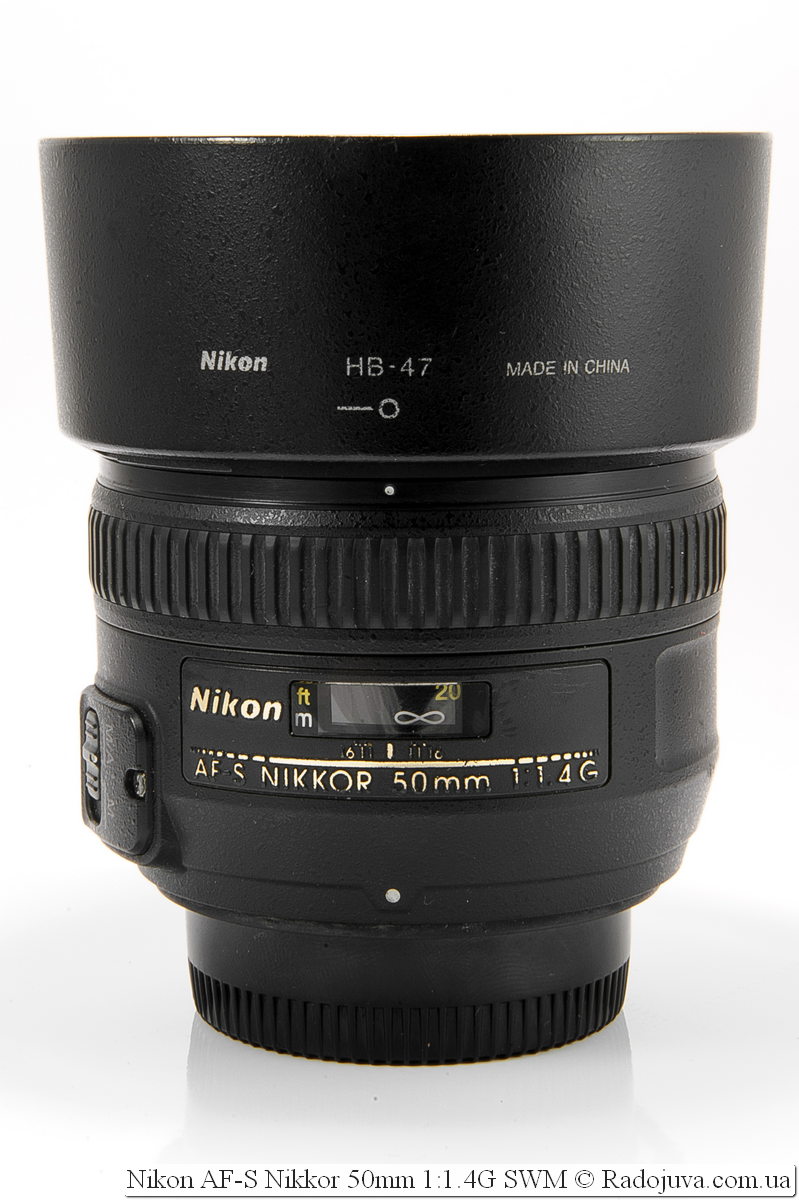
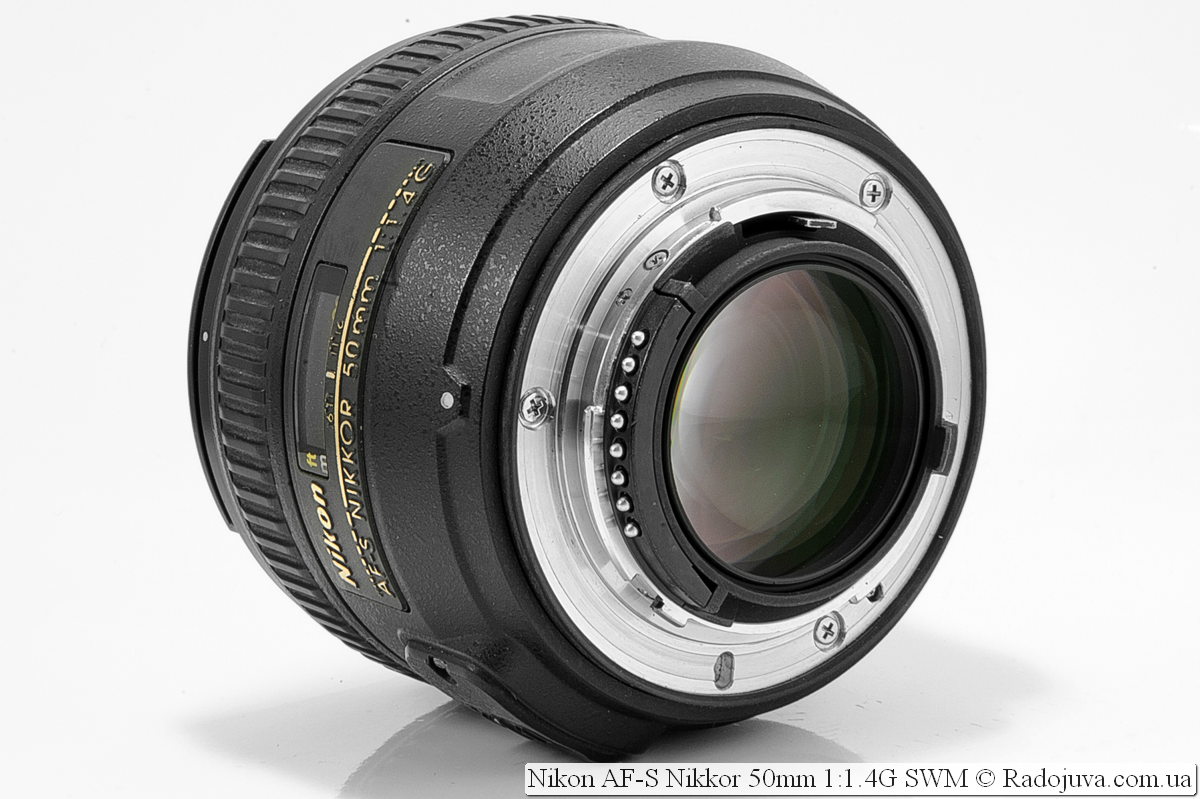
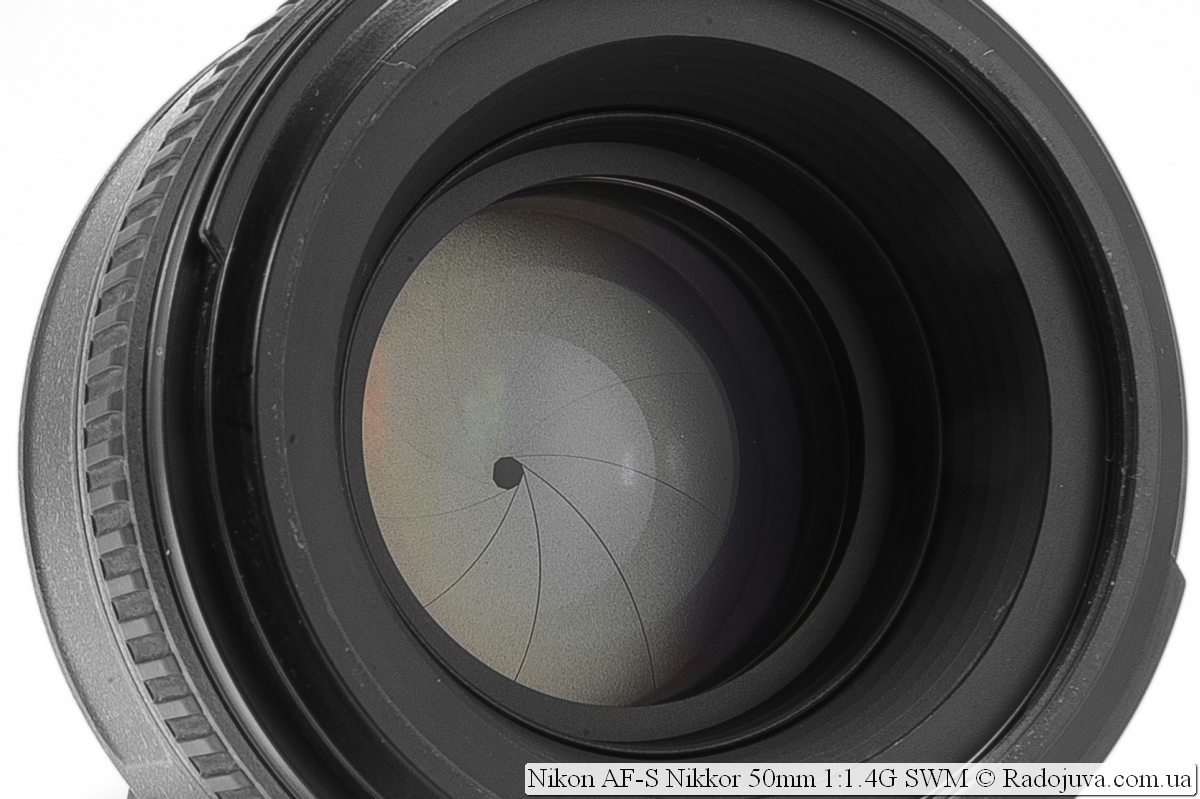
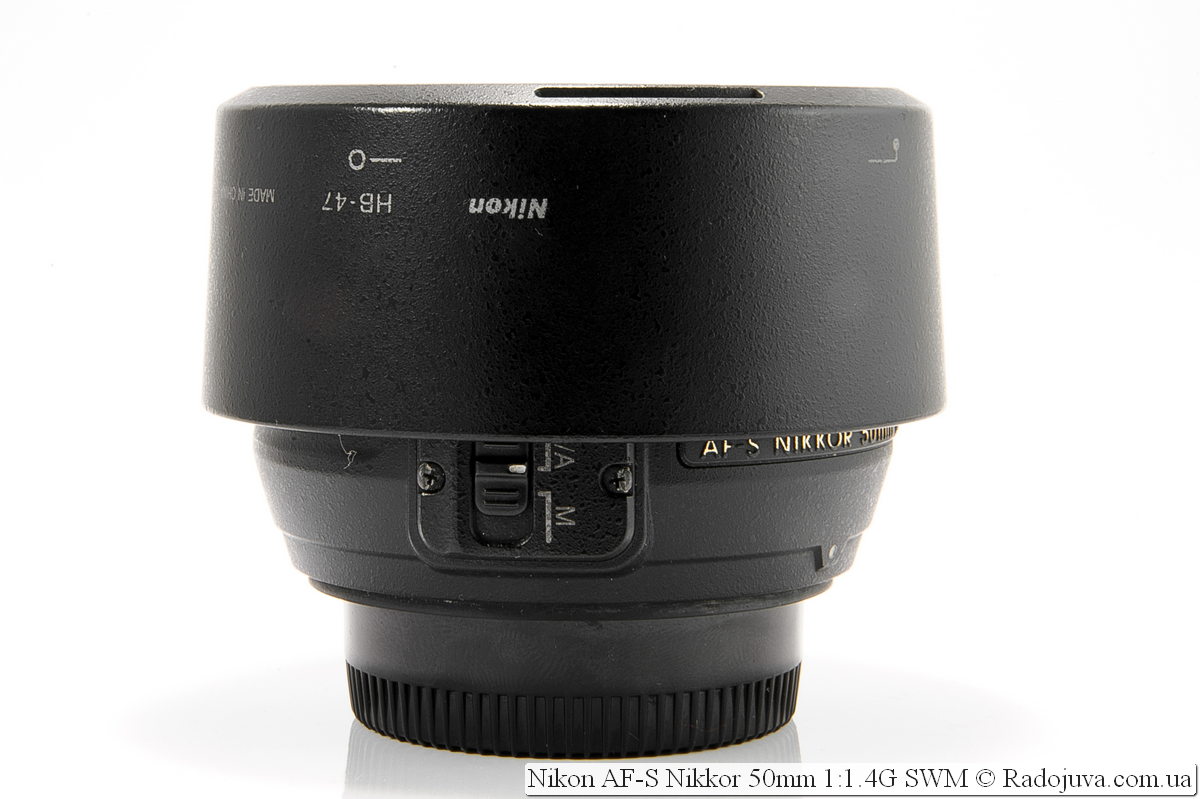


































































Please tell me if the polarizer MARUMI Circular PL 58mm is suitable for this lens (seehttp://vtochku.com.ua/product/marumi-circular-pl-58mm/)?
will become like a native
Arkady, thank you very much for all your reviews, I found a lot of information for myself. I have a Nikon D90, for a long time I can not decide on the choice of lens, but after studying your articles, I settled on 2 lenses of about the same price range - this is Nikon 85mm f / 1.8G and Nikon 50mm f / 1.4G. I now have a simple kit 18-105 lens, I would like to buy something for it, probably more for portraits, I really liked 85 mm 1,4G - but it’s not affordable yet)) But it’s embarrassing that about 85 mm 1,8 , XNUMXG write that it is difficult for a novice photographer. Please advise what to take? Very grateful in advance!
So I wonder what is better to buy. The question is the same. The situation is similar.
I tried to comparatively shoot close-up portrait photos of those people whom I had already shot with Nikkor 70 mm f / 200 G (also close-up) on the Nikkor 2,8-50 f / 1,4 - the fifty-ruble ridiculously distorts (!) The geometry of the face when shooting exactly the bust (or even larger) portrait. Who came up with the idea of calling 50 portrait: (? If only a half-length portrait or full-length portrait. The same 18-105 at a focal 105 mm gives a relatively good portrait, after 18-105 for a portrait at least 85 (1,8 ; 1,4) is needed, but not 50-k.
Well ... fifty dollars is not a portrait at all. on the crop it will give 75mm. Portrait focal lengths seem to start from somewhere between 80 and 135mm. Here 135mm is the most portrait =)
Anatoly, the focal lengths of the lens do not change, depending on the camera model. On krpe fifty dollars will remain fifty dollars
Serhio, go further learn the materiel. Well this should blurt out ..
Yes, yes, I know, in fact, the matrix increases, but ultimately the EFP is 75 mm. In addition, on a DX camera, a full-frame lens works only in its central part, which means that distortion is less. And don’t forget about Photoshop plugins of course.
* EGF (typo)
you are talking nonsense. yes, 75. but this cropped photo is like digital zoom, not optical. optically the same 50 mm remain
http://photokaravan.com/Blogs/Mymr/263
Let the real examples show the difference :)
used to have 50mm f1,8G but after half a year of use I sold it and took 1,4G. what can i say. I got more HA, aperture of 1,4, and 9 aperture blades instead of 7 (which means better bokeh) and slower focusing (but more accurate), the lens is certainly excellent and did not cause any complaints for the year of use, sometimes I take off 1,4, periodically . But having both, I can say that you should not overpay 2 times, you can easily take great photos at 50mm f1,8G, better think about the composition and camera angles, and cover some other focal length with the money saved.
Good day! I use the Nikon D3100 with a whale lens 18-55 that came with it, I want to buy a lens more for portraits, but I can not decide between the Nikon 50 f / 1.8G and AF-S Nikon 50 f / 1.4G AF-S. They say that 1.4 more beautifully blurs the background or it does not depend on the lens ?? What is more suitable for non-pros) please help me excuse me if the question is dumb)))
The nature of the background blur of these lenses is practically the same. Aperture 1.4 is usually used extremely rarely, more often from despair in poor lighting conditions. Personally, I advise you 1.8, because it is much cheaper. For portraits, it's better to look at 85mm (85mm is the classic focal length for portraits), and not bother with F1.8 or F1.4
Hello! Arkady, thanks for the excellent review, it is always nice to read, good examples of pictures :)
There is a choice between 1.4D and 1.4G. The camera has an autofocus drive, but ... based on your experience in combat conditions, is it worth taking the G-version just because of the beautiful drawing? Many people just chase after a drawing ... How important is it in REAL work, and not in Internet battles? The difference in price is significant.
Thanks for the reply.
You know, they are just DIFFERENT. None is better than some worse, but different. Someone like the picture with G to someone with D (which is at / 1,8 that at / 1,4). someone do not care.
Therefore, here everyone decides for himself.
Lynx, here I am about the same))) I, for example, absolutely do not care - there are circles in the blur zone or nuts, or circular saws, or asterisks ... The SHARPNESS zone is important to me. The mood of the picture, the real emotion, what kind of "incident" is shown in the picture. And I paraphrase the question as follows: do clients complain when they see “nuts”, “stars”, “circular saws” instead of the so beloved “circles” in the blurred zone ??? Have you ever had such a case during the work of Arkady (or another photographer with considerable experience) in the field of photography?
I suspect that clients do not see any stars, or nuts, or "bounce". And any photographer will probably give you examples of both “when clients don't see” and “when they don't like bokeh on D”, and when “don't like bokeh on G”
...
in fact, the D and D versions differ not so much in "nuts", since such a lens is taken in order to mainly shoot on the "open", (and there, in this case, all have "circles") as many by the very nature of these circles.
So it's all the same for you to decide - clients will see it once, and you will watch it constantly.
a AF-S Nikkor 55-200 mm 1: 4-5,6 ED? What can you say about this lens? I use Nikon d3100.
??
Cheap simple zoom lens for cropped cameras.
small mistakes in words.
pretty good. - complicated
that soon - soon
Thank you very much for the review as a whole.
Fixed
I quote:
“The lens will work great on Nikon full frame cameras D3 (x, s), D700, D800 (e), D4, etc. On DX cameras, due to the crop factor, the lens EGF will be 75mm. This allows the Nikon AF-S 50mm f / 1.4G to be used seamlessly on DX cameras as a portrait lens. ”
From the Internet:
“NO, NO and NO, my dear friends! 50/35 / 105mm on a full frame, and on a crop, and in an inverted state, and through extension rings and whatever you like - it's still exactly 50/35 / 105mm! Does the inter-lens distance in the lens change from installation on a "cropped" camera? Does the size and shape of the lens and lenses change? So why should the focal length change?
We explain it once and for all. A lens mounted on a camera with a cropped matrix changes ONLY the CAPTURE ANGLE of the image (because just a smaller part of the lens passes through the light that hits the matrix, the rest of the light falls around the matrix, that is, not to the advantage of the frame). This same ANGLE is equivalent, but not the focal length. There will not be 200mm at a 300mm crop, the lens will not become "longer". It will become "narrower", that is, the capture angle will become smaller. Otherwise, the length will not change. By the same principle, 50mm "cropped" is NOT a "75mm long portrait lens", 35mm "cropped" is NOT a "normal lens" about 50mm long ", and so on. Only a converter-extender can increase the focal length of the lens, the size of the matrix has nothing to do with it. " (http://vk.com/board29294891)
I have written in black and white not about FR, but about EGF, details here - https://radojuva.com.ua/2011/05/size-of-matrica/
(because just a smaller part of the lens passes light through it that hits the matrix, the rest of the light falls around the matrix, as it were, not to the good of the frame). Francesco, do not mislead people !!! As much as the lens can let in light, it will let in so much, but ONLY THE SIZE OF THE MATRIX affects, in the cropped cameras the matrix is smaller, therefore the angle is smaller.
And what is the difference between different focal lengths? not in the viewing angle? We are not studying OPTICS in physics here, but talking about photography. Therefore, we do not care about the geometric dimensions and curvature of the lenses, the location of the object in the frame is important for us. Therefore, the term "Equivalent focal length" was coined.
PS: I am waiting for objections to the distortion))
But visually the frame on the crop becomes closer than it actually is. At what aperture on this lens is a large DOF?
Arkady !!! Help me choose a lens for nikon d5100. I have a whale 18-55. I want to buy, so to speak, universal for home, landscape and photo children. I wanted a tamron 28-75 / 2,8. But a familiar photographer advises sigma 50 / 1.4. Another option was looking at sigma 17-70. I want with a macro. I like to shoot flowers and insects. Or Nikon 50 / 1,4
Nikon 50 / 1,4 is not a macro lens. On the crop, its main application is half-height portraits.
Why is no one answering me ??
Arkady !!! Help me choose a lens for nikon d5100. I have a whale 18-55. I want to buy, so to speak, universal for home, landscape and photo children. I wanted a tamron 28-75 / 2,8. But a familiar photographer advises sigma 50 / 1.4. Another option was looking at sigma 17-70. I want with a macro. I like to shoot flowers and insects. Or Nikon 50 / 1,4
Sigma 17-50, f / 2.8. The best for you is the best. And zoom, and aperture, and even MACRO!
Natalya, take 35 / 1,8. This is just your case.
What about Tamron AF 28-75mm f / 2.8 SP XR Di LD Aspherical (IF). The photo is just great and the sharpness is wonderful
I couldn’t choose 1,4D or 1,4G! I BOTH BOTH! Subjectively, G better conveys the volume of people, and D is more like it for everything else, because more importantly, it’s more important, a difficult choice was made and D was on sale.
I have a Nikkor AF 50mm f / 1.4D made in japan, excellent
I have a Nikkor AF 50mm f / 1.4D made in japan, an excellent sharp copy, I decided to sell it, maybe someone will be interested, write to the mail desstiny@ukr.net
I am a beginner with a great experience.
I have a Tamron SP AF 90mm F / 2.8 Di MACRO 1: 1 lens,
carcass Nikon D610. I'm going to buy Nikkor AF 50mm f / 1.4D.
Will I notice a BIG difference?
Different lenses with very different purposes. For “general purposes,” a fifty-kopeck piece will be good if you don't clamp it too tightly - the D-version has one nuance - in some scenes shot in backlight, a blue spot appears on closed holes in the center of the frame. Alas, a peculiarity of glass. There is no such thing with the G-version, everything is fine there.
Tell me, is this lens suitable for Nikon 3200? or is some other lens better? for portraiture?
It will do. However, for portraits, “classic” portraits with focal lengths from 85mm are more suitable. Look at Nikon 85mm f / 1.8G
Thank you Alex for the tip! probably 85 mm and I will stop my choice.
Please tell me how to get a portrait photo of two people from such a lens. I can not handle the focus. thanks
Do not shoot open :) In fact, really very few people understand why he needs a hole 1.4. But then they shoot everything in it :) Cover up to 4, for example, try to take a picture. Consider the location of people and the depth of field.
Grand Dyakoy, Arkadiy !!!!!!
Good afternoon.
I shoot on FF d600. Does it make sense to replace:
50 1.8d to 50 1.4zh?
85 1.8d to 85 1.4d?
And what will be the difference?
Thanks in advance for your reply.
Maxim, take my word for it that in your case there is no point in replacing. Photos will not become prettier by replacing with more expensive glasses in general with different lenses.